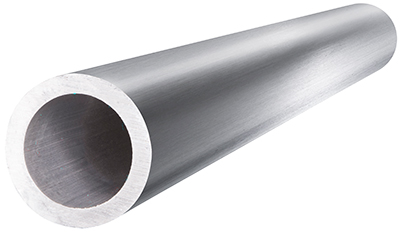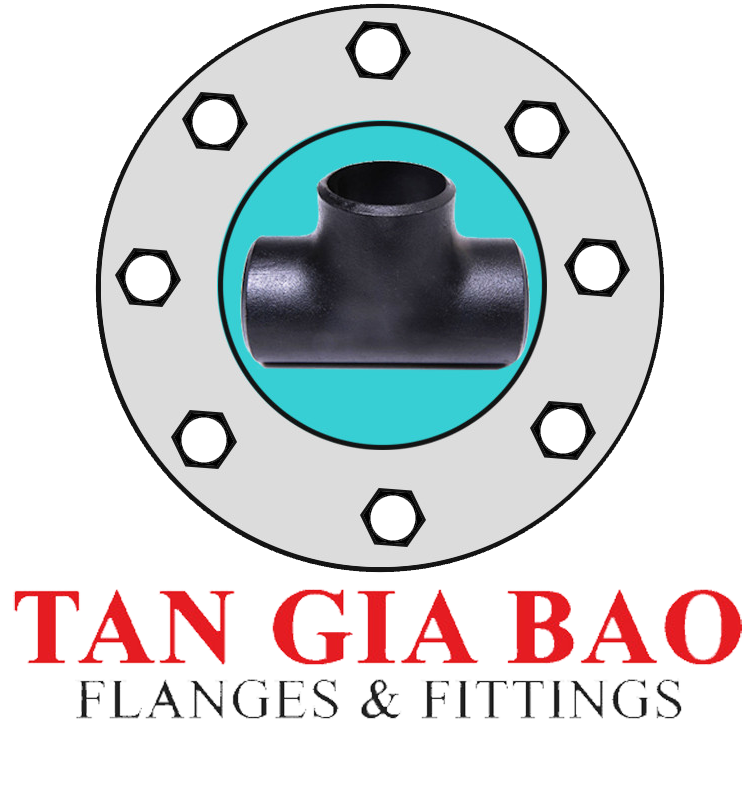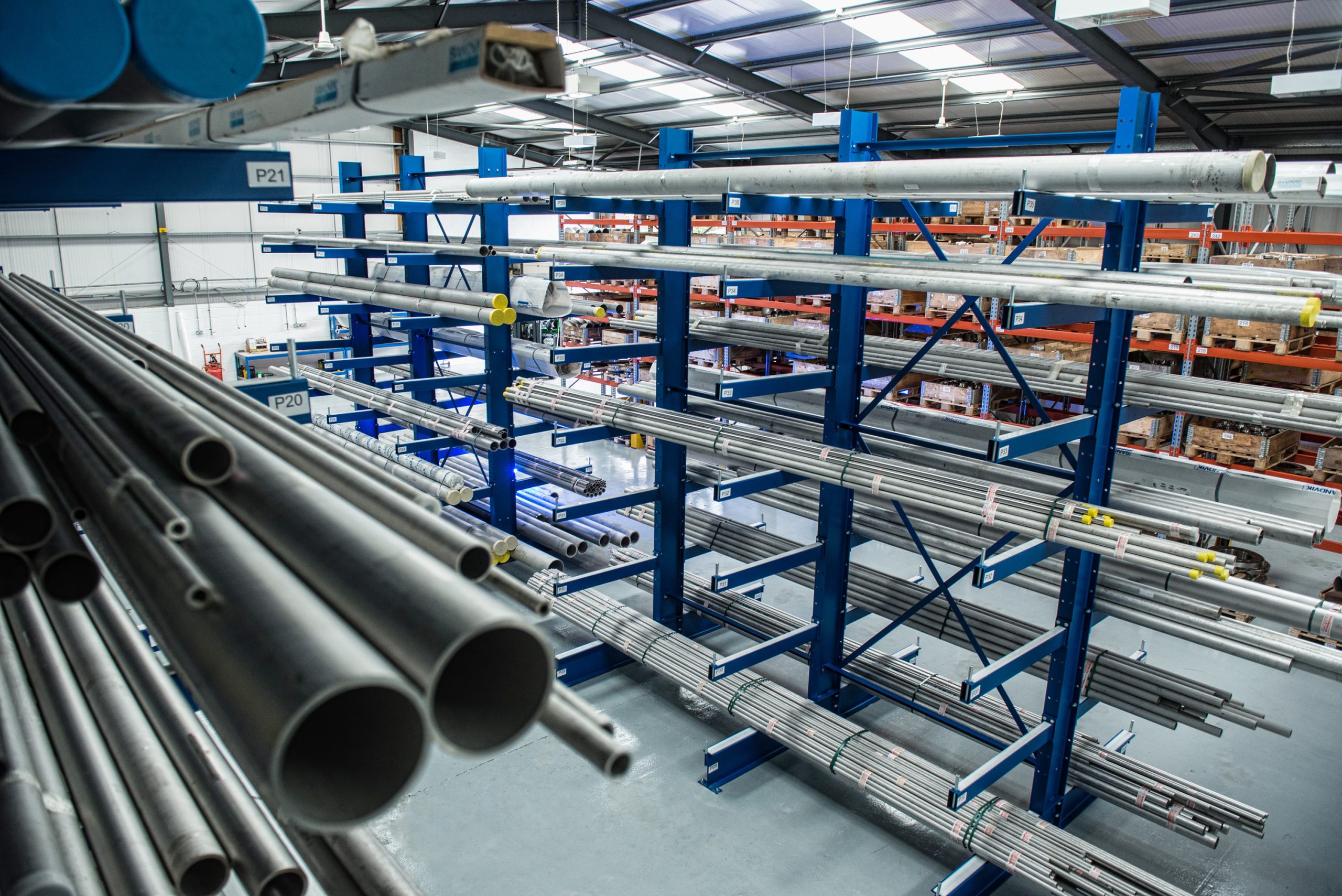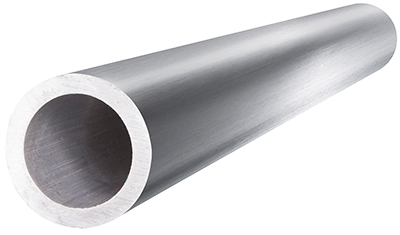-
+84 982 384 688 - Mr. Thi | +84 982 803 586- Ms. Hoa
-
theptangiabao@gmail.com
-
Thứ 2 - Thứ 7 | 07:30 - 17:00
Seamless and Welded Titanium and Titanium Alloy Tube ASTM B338 grade 35

 Product info
Product info
| Supplier: | Tapgroup internation.,JSC |
| Address: | Số 32 Lô N4D, đường X2A, Yên Sở, Hoàng Mai, Hà Nội |
| Phone: | 0084 933 86 77 86 |
| Email: | info@tapgroup.vn |
| Website: | https://supplier-pipe-tube-ongthep.com |
| Insurance: | 12 tháng |
| Status: | Mới 100% |
| Origin: | China, Korea, Malaysia, Thailand, Japan, EU, G7 |
| Name: | Seamless and Welded Titanium and Titanium Alloy Tube ASTM B338 Grade 35 | ||||||||||||||||||||||||||||||
| Type of tube: | Seamless and Welded Titanium and Titanium Alloy Tube ASTM B338 Grade 35 | ||||||||||||||||||||||||||||||
|
Standard Specification for Seamless and Welded Titanium and Titanium Alloy Tubes for Condensers and Heat Exchangers This standard is issued under the fixed designation B 338; the number immediately following the designation indicates the year of original adoption or, in the case of revision, the year of last revision. A number in parentheses indicates the year of last reapproval. A superscript epsilon (c) indicates an editorial change since the last revision or reapproval. This standard has been approved for use by agencies of the Department of Defense. |
|||||||||||||||||||||||||||||||
| Scope | |||||||||||||||||||||||||||||||
|
This specification covers the requirements for 22 grades of titanium and titanium alloy tubing intended for surface condensers, evaporators, and heat exchangers, as fol- lows: Grade 35—Titanium alloy (4.5 % aluminum, 2 % molybdenum, 1.6 % vanadium, 0.5 % iron, 0.3 % silicon), Tubing covered by this specification shall be heat treated by at least a stress relief as defined in 5.3. The values stated in inch-pound units are to be regarded as the standard. The values given in parentheses are for information only. |
|||||||||||||||||||||||||||||||
| Chemical Requirements | |||||||||||||||||||||||||||||||
|
The titanium shall conform to the chemical requirements prescribed. The elements listed are intentional alloy additions or elements that are inherent to the manufacture of titanium sponge, ingot, or mill product. Elements intentionally added to the melt must be identified, analyzed, and reported in the chemical analysis. When agreed upon by the producer and the purchaser and requested by the purchaser in the written purchase order, chemical analysis shall be completed for specific residual elements not listed in this specification. |
|||||||||||||||||||||||||||||||
| Element | Composition, % | ||||||||||||||||||||||||||||||
| Grade 35 | |||||||||||||||||||||||||||||||
| Nitrogen, max | 0.05 | ||||||||||||||||||||||||||||||
| Carbon, max | 0.08 | ||||||||||||||||||||||||||||||
| Hydrogen,B,C max | 0.015 | ||||||||||||||||||||||||||||||
| Iron, max or range | 0.20-0.80 | ||||||||||||||||||||||||||||||
| Oxygen, max | 0.25 | ||||||||||||||||||||||||||||||
| Aluminum | 4.0-5.0 | ||||||||||||||||||||||||||||||
| Vanadium | 1.1-2.1 | ||||||||||||||||||||||||||||||
| Tin | … | ||||||||||||||||||||||||||||||
| Ruthenium | … | ||||||||||||||||||||||||||||||
| Palladium | … | ||||||||||||||||||||||||||||||
| Cobalt | … | ||||||||||||||||||||||||||||||
| Molybdenum | 1.5-2.5 | ||||||||||||||||||||||||||||||
| Chromium | … | ||||||||||||||||||||||||||||||
| Nickel | … | ||||||||||||||||||||||||||||||
| Niobium | … | ||||||||||||||||||||||||||||||
| Zirconium | … | ||||||||||||||||||||||||||||||
| Silicon | 0.20-0.40 | ||||||||||||||||||||||||||||||
| Residuals,D,E,F max each | 0.1 | ||||||||||||||||||||||||||||||
| Residuals,D,E,F max total | 0.4 | ||||||||||||||||||||||||||||||
| Titanium | Remainder | ||||||||||||||||||||||||||||||
|
AAnalysis shall be completed for all elements listed in this table for each grade. The analysis results for the elements not quantified in the table need not be reported unless the concentration level is greater than 0.1 % each or 0.4 % total. BLower hydrogen may be obtained by negotiation with the manufacturer. CFinal product analysis. DNeed not be reported. EA residual is an element present in a metal or an alloy in small quantities and is inherent to the manufacturing process but not added intentionally. In titanium these elements include aluminum, vanadium, tin, chromium, molybdenum, niobium, zirconium, hafnium, bismuth, ruthenium, palladium, yttrium, copper, silicon, cobalt, tantalum, nickel, boron, manganese, and tungsten. FThe purchaser may, in his written purchase order, request analysis for specific residual elements not listed in this specification. GThe percentage of titanium is determined by difference. |
|||||||||||||||||||||||||||||||
| Materials and Manufacture | |||||||||||||||||||||||||||||||
|
Seamless tube shall be made from hollow billet by any cold reducing or cold drawing process that will yield a product meeting the requirements of this specification. Seamless tube is produced with a continuous periphery in all stages of manu- facturing operations. Welded tube shall be made from flat-rolled product by an automatic arc-welding process or other method of welding that will yield a product meeting the requirements of this specification. Use of a filler material is not permitted. Welded/cold worked tube (WCS) shall be made from welded tube manufactured as specified. The welded tube shall be sufficiently cold worked to final size in order to transform the cast weld microstructure into a typical equiaxed microstructure in the weld upon subsequent heat treatment. The product shall meet the requirements for seamless tube of this specification. The tube shall be furnished in the annealed condition with the exception of Grades 9, 18 and 28, which, at the option of the purchaser, can be furnished in either the annealed or the cold worked and stress relieved condition, defined as at a minimum temperature of 600°F (316°C) for not less than 30 min. |
|||||||||||||||||||||||||||||||
| Tensile Requirements | |||||||||||||||||||||||||||||||
| The room temperature tensile properties of the tube in the condition normally supplied shall conform to the requirements prescribed. Mechanical properties for conditions other than those given in this table may be established by agreement between the manufacturer and the purchaser. | |||||||||||||||||||||||||||||||
| Grade | Tensile Requirements , min | Yield Strength, 0.2% Offset |
   
|
||||||||||||||||||||||||||||
| ksi | min | ksi | MPa | ksi | MPa | ||||||||||||||||||||||||||
| 35 | 130 | 895 | 120 | 828 | … | … | 5 | ||||||||||||||||||||||||
|
AProperties for material in the annealed condition. BProperties for cold-worked and stress-relieved material. CElongation for welded tubing manufactured from continuously cold rolled and annealed strip from coils for Grades 9, 12, and 18 will be 12 %. |
|||||||||||||||||||||||||||||||
| Flattening Test | |||||||||||||||||||||||||||||||
|
Tubing shall withstand, without cracking, flattening under a load applied gradually at room temperature until the distance between the load platens is not more than H in. H is calculated as follows: where: H = the minimum flattened height, in. (mm), t = the nominal wall thickness, in. (mm), and D = the nominal tube diameter, in. (mm). For Grades 1, 2, 7, 11, 13, 14, 16, 17, 26, 27, 30, and 33: e = 0.07 in. for all diameters For Grade 3, 31, and 34: e = 0.04 through 1 in. diameter e = 0.06 over 1 in. diameter For Grades 9, 12, 15, 18, 28, 35, and 36: e shall be negotiated between the producer and the purchaser For welded tubing, the weld shall be positioned on the 90 or 270° centerline during loading so as to be subjected to a maximum stress. When low D-to-t ratio tubular products are tested, because the strain imposed due to geometry is unreasonably high on the inside surface at the six and twelve o’clock locations, cracks at these locations shall not be cause for rejection if the D-to-t ratio is less than ten (10). The results from all calculations are to be rounded to two decimal places. Examination for cracking shall be by the unaided eye. Welded tube shall be subjected to a reverse flattening test in accordance with Supplement II of Test Methods and Definitions A 370. A section of the tube, approximately 4 in. (102 mm) long, that is slit longitudinally 90° either side of the weld, shall be opened and flattened with the weld at the point of maximum bend. No cracking is permitted. |
|||||||||||||||||||||||||||||||
| Flaring Test | |||||||||||||||||||||||||||||||

|
|||||||||||||||||||||||||||||||
| Grade | Expansion of Inside Diameter,min, % | ||||||||||||||||||||||||||||||
| 35 | 10 | ||||||||||||||||||||||||||||||
| AAnnealed. | |||||||||||||||||||||||||||||||
| Nondestructive Tests | |||||||||||||||||||||||||||||||
|
Welded tubing shall be tested using both a nondestructive electromagnetic test and an ultrasonic test as described in Seamless and welded/cold worked tubing shall be tested using an ultrasonic test. Welded or seamless tubing shall be tested with a hydrostatic or pneumatic test as described. Nondestructive Electric or Ultrasonic Testing: In order to accommodate the various types of non- destructive testing equipment and techniques in use, and the manufacturing methods employed, the following calibration standards shall be used to establish the minimum sensitivity level for rejection. For welded tubing, the artificial defects shall be placed in the parent metal. Electromagnetic Testing—A drilled hole not larger than 0.031 in. (0.787 mm) in diameter shall be drilled com- pletely through the skelp (for welded tube) or radially and completely through the tube wall (welded tube), with care being taken to avoid distortion of the tube while drilling. Ultrasonic Testing (Welded Tubing)—A longitudi- nal notch 0.031 in. (0.787 mm) or less in width and 0.5 in. (12.7 mm) or less in length shall be machined on a radial parallel to the tube axis on the outside and inside of the tube. The notch depth shall not exceed 10 % of the nominal wall of the tube or 0.004 in. (0.102 mm), whichever is greater. The length of the notch shall be compatible with the testing method, and the notches shall be located 180 degrees from the weld. Ultrasonic Testing (Seamless and Welded/Cold Worked Tubing), Longitudinal and transverse notches not exceeding 0.010 in. (0.25 mm) in width and 10 % of the nominal tube wall or 0.004 in. (0.102 mm), whichever is greater, in depth shall be machined on the inner and outer surfaces of the tube. The length of the notches shall not exceed 0.125 in. (3.18 mm). Any tubes showing an indication in excess of that obtained from the calibration standard shall be set aside and be subject to rework, retest, or rejection. A tube thus set aside may be examined further for confirmation of the presence of a defect and may be resubmitted for inspection if no defect is found. Any tube may also be resubmitted for inspection if reworked so as to remove the defect within the specified diameter, and wall thickness tolerances are established from Table 5 (rework by weld repair is not permitted). Hydrostatic Test: Each tube so tested shall withstand, without showing bulges, leaks, or other defects, an internal hydrostatic pressure that will produce in the tube wall a stress of 50 % of the minimum specified yield strength at room temperature. This pressure shall be determined by the equation: where: P = minimum hydrostatic test pressure, psi (or MPa), S = allowable fiber stress of one half the minimum yield strength, psi (or MPa), t = wall thickness, in. (or mm), Ro = outside tube radius, in. (or mm), E = 0.85 welded tube, and E = 1.0 seamless and welded/cold worked tube. The maximum hydrostatic test pressure shall not exceed 2500 psi (17.2 MPa) for sizes 3 in. (76 mm) and under, or 2800 psi (19.3 MPa) for sizes over 3 in. Hydrostatic pressure shall be maintained for not less than5 s. When requested by the purchaser and so stated in the order, tube in sizes 14 in. (356 mm) in diameter and smaller shall be tested to one and one half times the specified working pressure, provided the fiber stress corresponding to those test pressures does not exceed one half the minimum specified yield strength of the material as determined by the equation given in 11.3. When one and one half times the working pressure exceeds 2800 psi (19.3 MPa), the hydrostatic test pressure shall be a matter of agreement between the manufacturer and purchaser. Pneumatic Test— Each tube so tested shall withstand an internal air pressure of 100 psi (0.69 MPa), minimum, for 5 s, minimum, without showing evidence of leakage. The test method used shall permit easy detection of any leakage by using the pressure differential method or by placing the tube under water. Any evidence of leakage shall be cause for rejection of that tube. |
|||||||||||||||||||||||||||||||
| Permissible Variation in Dimensions | |||||||||||||||||||||||||||||||
|
Variations in dimensions from those specified shall not exceed the amounts prescribed. Length—When tube is ordered cut to length, the length shall not be less than that specified, but a variation of 1⁄8 in. (3.2 mm) will be permitted on tube up to 24 ft (7.3 m) inclusive. For lengths over 24 ft (7.3 m), an additional over tolerance of 1⁄8 in. (3.2 mm) for each 10 ft (3.05 m) or fraction thereof shall be permissible up to 1⁄2 in. (13 mm) maximum. Straightness— The tube shall be free of bends or kinks, and the maximum uniform bow shall not exceed the values given. Squareness of Cut—The angle of cut of the end of any tube may depart from square by not more than 0.016 in./in. of diameter. Outside Diameter: Welded Tubes— The outside diameter of welded tubes shall not vary from that specified by more than the amounts given as measured by “go” and “no go” ring gages. The dimensions of the ring gage shall be as described in 12.5.1.1. For tube diameters not listed, the dimensional tolerances shall be as agreed upon by the purchaser and the manufacturer or supplier. The inside diameter dimension of the “go” ring gage shall be equal to the nominal tube diameter plus the plus tolerance plus 0.002 in. The length of the “go” ring gage shall be the larger of 1 in. (25.4 mm) or the tube diameter. The inside diameter dimension of the “no go” ring gage shall be equal to the nominal tube diameter minus the minus tolerance. The length of the “no go” ring gage shall be the larger of 1 in. or the nominal tube diameter. Seamless and Welded/Cold Worked Tubes—The out- side diameter of seamless and welded/cold worked tubes shall not vary from that specified by more than the amounts given as measured by any method agreed upon between the purchaser and the manufacturer or supplier. For tube diameters not listed, the dimensional tolerances shall be as agreed upon by the purchaser and the manufacturer or supplier. |
|||||||||||||||||||||||||||||||
| Permissible Variations in Outside Dimensions Based on Individual Measurements | |||||||||||||||||||||||||||||||
| Outside Diameter, in. (mm) | Diameter Tolerance, in. (mm) |
Permissible Variations in Wall Thickness, , % |
|||||||||||||||||||||||||||||
| Under 1 (25.4), excl | ±0.004 (±0.102) | ±10 | |||||||||||||||||||||||||||||
| 1 to 11⁄2 (25.4 to 38.1), excl | ±0.005 (±0.127) | ±10 | |||||||||||||||||||||||||||||
| 11⁄2 to 2 (38.1 to 50.8), excl |

|

|
|||||||||||||||||||||||||||||
| 2 to 21⁄2 (50.8 to 63.5), excl | ±0.007 (±0.178) | ±10 | |||||||||||||||||||||||||||||
| 21⁄2 to 31⁄2 (63.5 to 88.9), excl | ±0.010 (±0.254) | ±10 | |||||||||||||||||||||||||||||
|
AThese permissible variations in outside diameter apply only to tubes as finished at the mill before subsequent swaging, expanding, bending, polishing, or other fabricating operations. BWhen minimum wall tubes are ordered, tolerances are all plus and shall be double the values shown. |
|||||||||||||||||||||||||||||||
| Straightness | |||||||||||||||||||||||||||||||
| Length, ft (m) | Maximum Curvature Depth of Arc | ||||||||||||||||||||||||||||||
| Over 3 to 6 (0.91 to 1.83), incl | 1⁄8 in. (3.2 mm) | ||||||||||||||||||||||||||||||
| Over 6 to 8 (1.83 to 2.44), incl | 3⁄16 in. (4.8 mm) | ||||||||||||||||||||||||||||||
| Over 8 to 10 (2.44 to 3.05), incl | 1⁄4 in. (6.4 mm) | ||||||||||||||||||||||||||||||
| Over 10 (3.05) | 1⁄4 in./any 10 ft (2.1 mm/m) | ||||||||||||||||||||||||||||||

Mr. Thi
 Email:
theptangiabao@gmail.com
Email:
theptangiabao@gmail.com
|
 Skype:
Skype:
|
 Hotline/ Zalo/ Wechat:
+84 982 384 688
Hotline/ Zalo/ Wechat:
+84 982 384 688
|

Ms. Hoa
 Email:
theptangiabao@gmail.com
Email:
theptangiabao@gmail.com
|
 Skype:
Skype:
|
 Hotline/ Zalo/ Wechat:
+84 982 803 586
Hotline/ Zalo/ Wechat:
+84 982 803 586
|

Ms. Phương
 Email:
theptangiabao@gmail.com
Email:
theptangiabao@gmail.com
|
 Skype:
Skype:
|
 Hotline/ Zalo/ Wechat:
+84 971 567 341
Hotline/ Zalo/ Wechat:
+84 971 567 341
|

Ms. Trinh
 Email:
theptangiabao@gmail.com
Email:
theptangiabao@gmail.com
|
 Skype:
Skype:
|
 Hotline/ Zalo/ Wechat:
+84 971 567 943
Hotline/ Zalo/ Wechat:
+84 971 567 943
|

Ms. Trân
 Email:
theptangiabao@gmail.com
Email:
theptangiabao@gmail.com
|
 Skype:
Skype:
|
 Hotline/ Zalo/ Wechat:
+84 971 567 954
Hotline/ Zalo/ Wechat:
+84 971 567 954
|




 Home
Home





